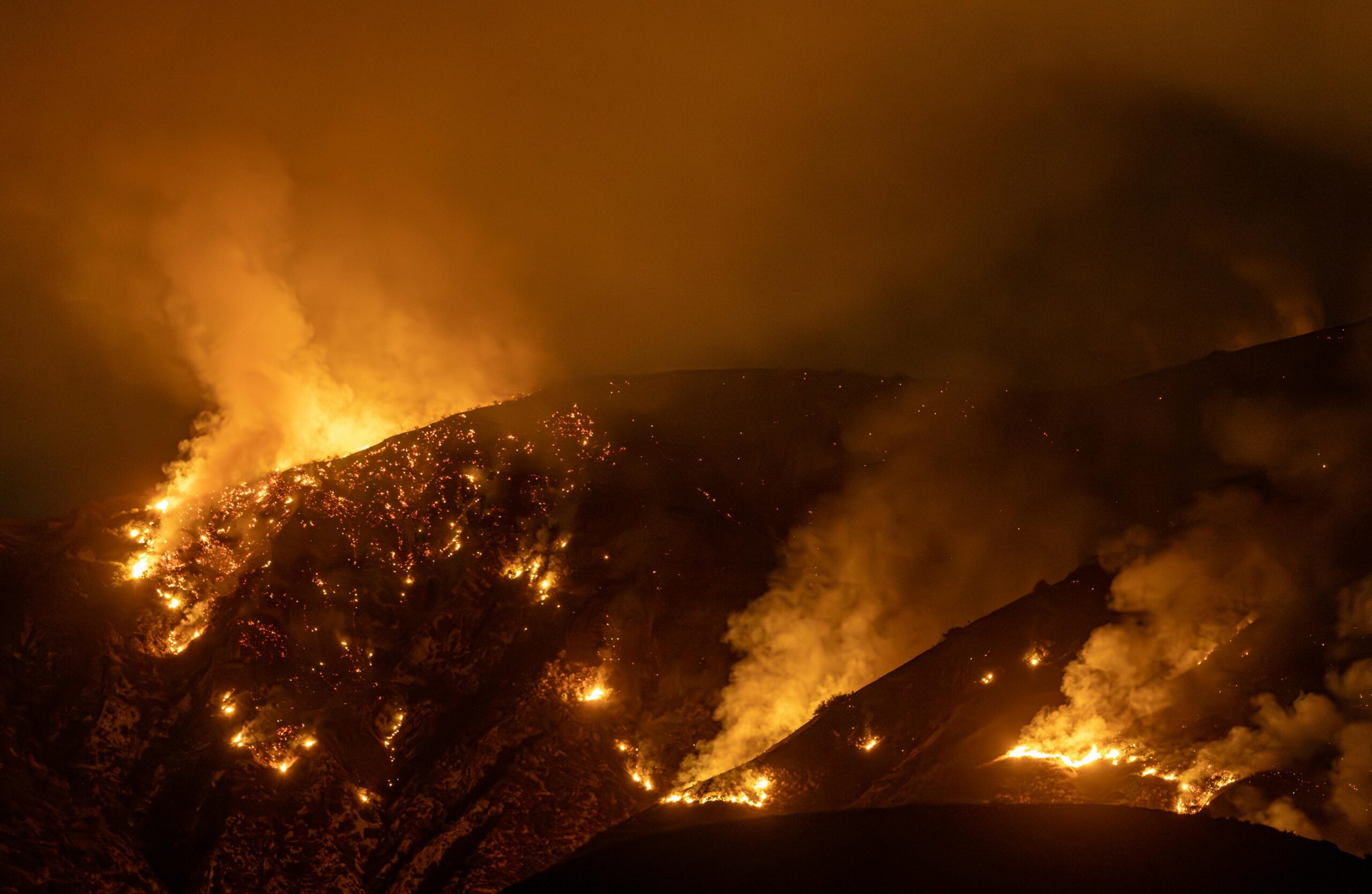There are three components needed to start a fire: fuel, oxygen, and heat. This is commonly referred to as the fire triangle. If any one of the components is missing, a fire cannot occur.

Artist’s rendition of the Fire Triangle – Source: USFWS Alaska
The Fire Triangle is a simple way of understanding the three elements a fire needs to ignite: each side of the triangle represents one of the three ingredients – oxygen, heat, and fuel – demonstrating the interdependence of these ingredients in creating and sustaining fire. A fire naturally occurs when the elements are present and combined in the right mixture, meaning that fire is actually an event rather than a thing. When there is not enough heat generated to sustain the process, when the fuel is exhausted, removed, or isolated, or when the oxygen supply is limited, then a side of the triangle is broken and the fire will die.
Heat – A heat source is responsible for the initial ignition of fire, and heat is also needed to maintain the fire and permit it to spread. Heat allows fire to spread by removing the moisture from nearby fuel, warming surrounding air, and preheating the fuel in its path, enabling it to travel with greater ease. Heat can be removed by the application of a substance which reduces the amount of heat available to the fire reaction. This is often water, which requires heat for phase change from water to steam.
Fuel – Fuel is any kind of combustible material, and is characterized by its moisture content (i.e. how wet the fuel is), size and shape, quantity, and the arrangement in which it is spread over the landscape. The moisture content determines how easily that fuel will burn. Fuel can be removed naturally, as when the fire has consumed all the burnable fuel, or manually, by mechanically or chemically removing the fuel from the area.
Oxygen – The oxidizer is the third component of the chemical reaction. In most cases, is simply comprised of the ambient air, and in particular one of its components, oxygen. Air contains about 21% oxygen, and most fires require at least 16% oxygen content to burn. By depriving a fire of air, it can be extinguished.
 The Fire Tetrahedron (wikipedia)
The Fire Tetrahedron (wikipedia)
In recent years, fire experts have redefined the triangle to a tetrahedron, adding an actual chemical chain reaction component to the three already present in the fire triangle. Basically, while the three classic components are still needed, an actual chemical reaction must take place in order for the fire to ignite. Once a fire has started, the resulting exothermic chain reaction sustains the fire and allows it to continue until at least one of the elements of the fire is blocked. As with the fire triangle, as soon as one of the four elements of the tetrahedron is removed, combustion stops and the fire is extinguished.
Source: www.smokeybear.com
![]()



